Understanding darts checkout names is crucial for any serious darts player. This article will not only explain the different checkout names but also provide insights into their strategic importance and how to master them, helping you elevate your game.
⚠️ Still Using Pen & Paper (or a Chalkboard)?! ⚠️
Step into the future! The Dart Counter App handles all the scoring, suggests checkouts, and tracks your stats automatically. It's easier than you think!
Try the Smart Dart Counter App FREE!Ready for an upgrade? Click above!
Before diving into the specifics of darts checkout names, let’s first address the basics. A checkout, in the context of darts, refers to the sequence of throws needed to finish a leg of the game from a specific score. Mastering these finishes dramatically improves your chances of winning. This means understanding the various combinations and strategies required for a successful checkout is vital. We’ll cover everything from the most common checkouts to less frequent but equally important ones, exploring their nuances and how to practice effectively.
Understanding Darts Checkout Names and Their Significance
The world of darts is rich with terminology, and understanding darts checkout names is key to effective communication and strategic planning. These names represent specific combinations of scores leading to a game-winning finish. For instance, a “160” checkout means hitting a treble 20, followed by a treble 20, and then a double 20 – each throw strategically chosen to decrease the score efficiently. The more you know about different darts checkout names, the better prepared you are to anticipate your opponent’s moves and strategize your own.
Darts checkout names aren’t just about memorization; they reflect strategic thinking. Different checkouts carry varying levels of difficulty and risk. Some, like the ‘160’ mentioned above, are highly ambitious but potentially game-winning shots. Others, like simpler checkouts with lower scores, are safer options, particularly useful when under pressure. It’s crucial to recognize the trade-off between ambition and safety when choosing your checkout strategy.
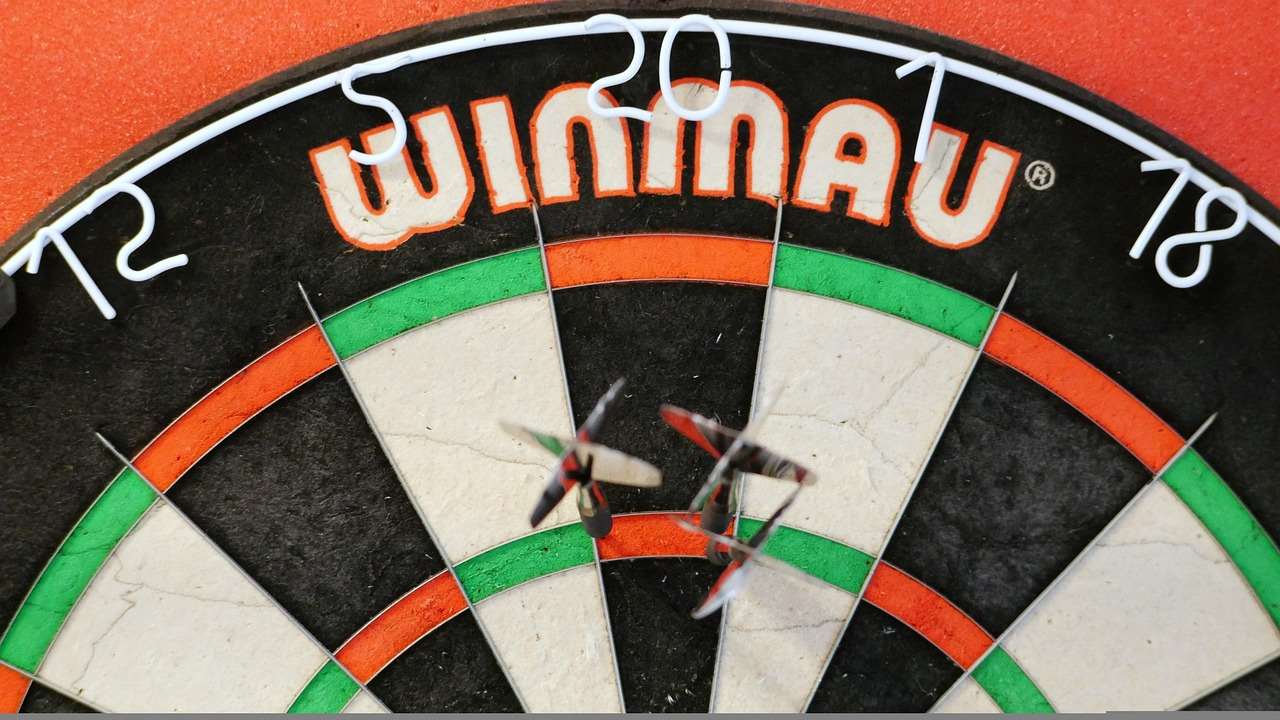
Furthermore, understanding the various darts checkout names allows for better analysis of your own game. By keeping track of your success rates with different checkouts, you can identify areas for improvement and focus your practice sessions accordingly. This data-driven approach is crucial for consistent improvement.
Common Checkout Names and Their Strategies
Let’s delve into some of the most frequently encountered darts checkout names. The 160 checkout, as mentioned earlier, is a classic high-scoring finisher often attempted by skilled players. However, there’s a wider world of checkouts, each with its own challenge and reward. The 121 checkout, for instance, requires a degree of precision and potentially some tactical shots, adding excitement and tension to the game.
Other popular darts checkout names include the 120 (treble 20, treble 20, double 20), the 100 (treble 20, treble 20, double 0), the 140 (treble 20, treble 10, double 10), and the 101 (treble 20, treble 10, single 1, double 12). These are just a few examples; the number of possible checkouts is vast. Practicing a variety of these darts checkout names ensures that you can react effectively, regardless of the score.
Choosing the right checkout is as much about the game situation as it is about your skill level. If you’re under significant pressure, a more conservative approach might be wiser. Knowing which darts checkout names you can reliably execute under pressure is as important as knowing how to execute the highest-scoring finishes.
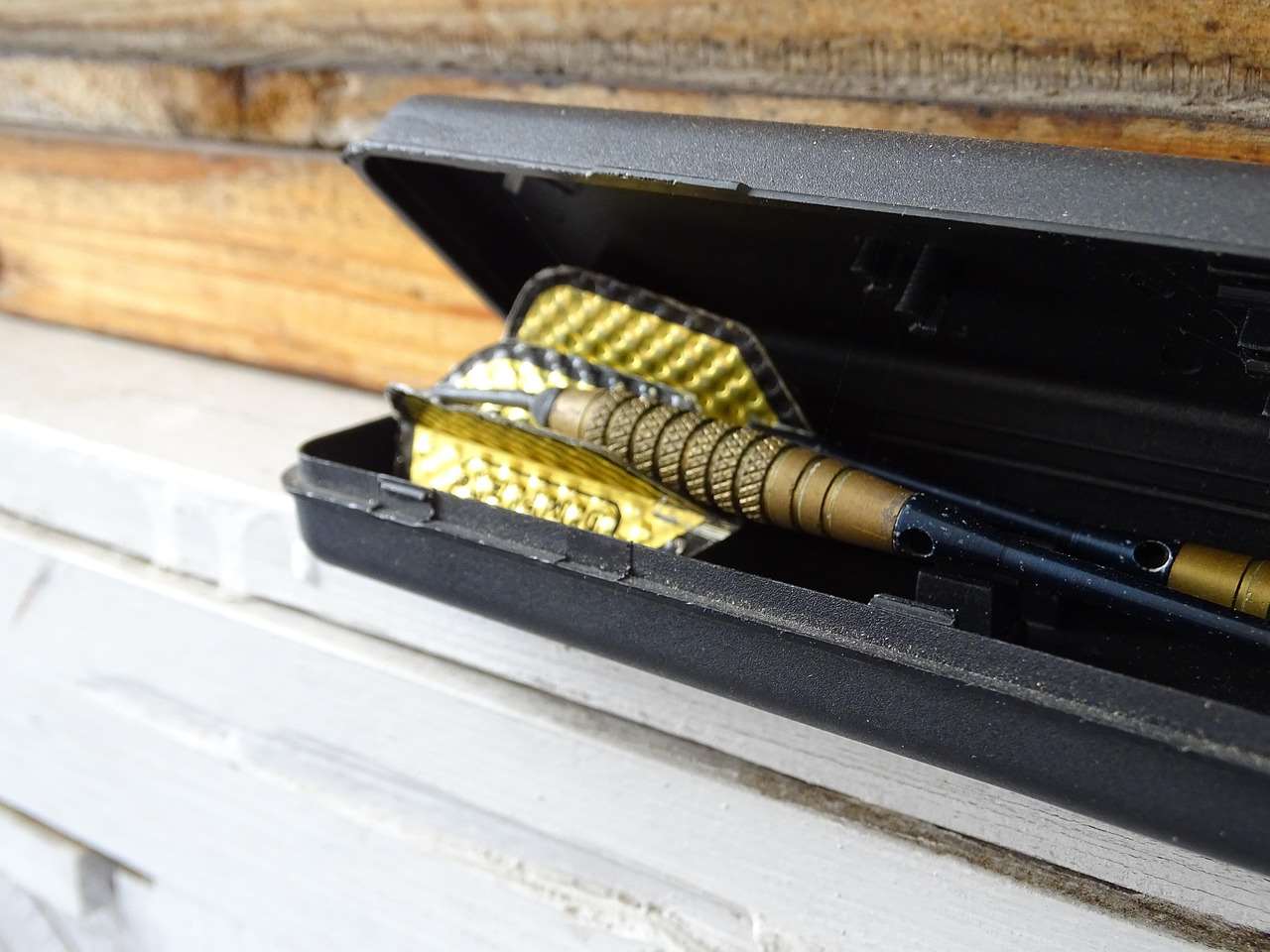
Learning and Mastering Darts Checkout Names
Mastering darts checkout names is a process that requires dedicated practice and a strategic approach. Simply memorizing the names won’t suffice; you need to understand the sequence of throws, the precision required, and the potential risks involved. There are many resources available to help you in this process, including online databases, instructional videos, and even dedicated darting apps, such as the App to score darts which can assist in tracking scores and practicing checkouts.
One effective method is to start with simpler checkouts and gradually progress to more complex ones. Begin with checkouts in the 80s and 90s, gradually increasing the target score as your confidence and precision improve. Regular practice is crucial; dedicate time to practicing specific checkouts to improve muscle memory and consistency. This also helps you to reduce errors under pressure. Using a dartboard and making use of a darts barrel brush to keep your equipment clean can aid in this process.
Utilizing Practice Techniques for Checkout Mastery
Effective practice goes beyond simply throwing darts at a board. Use strategic techniques to improve your checkout skills: focus on specific aspects such as your throwing stance and aiming technique. Analyzing your own throws and correcting mistakes can drastically improve your chances. For example, consider using a how to aim a dart properly guide.
- Targeted Practice: Focus on specific checkouts, dedicating a session to each.
- Pressure Simulation: Practice under pressure conditions to improve mental fortitude.
- Analyze Your Throws: Identify and correct recurring mistakes.
- Visualize Success: Mentally rehearse successful checkouts before throwing.
- Use a Scoring App: Apps such as the App to score darts are extremely helpful for tracking your checkout attempts.
Remember that consistency is key. Regular, focused practice will lead to improved accuracy and increased confidence in your ability to execute various darts checkout names effectively. Also, understanding darts oche position is crucial for consistent throws.
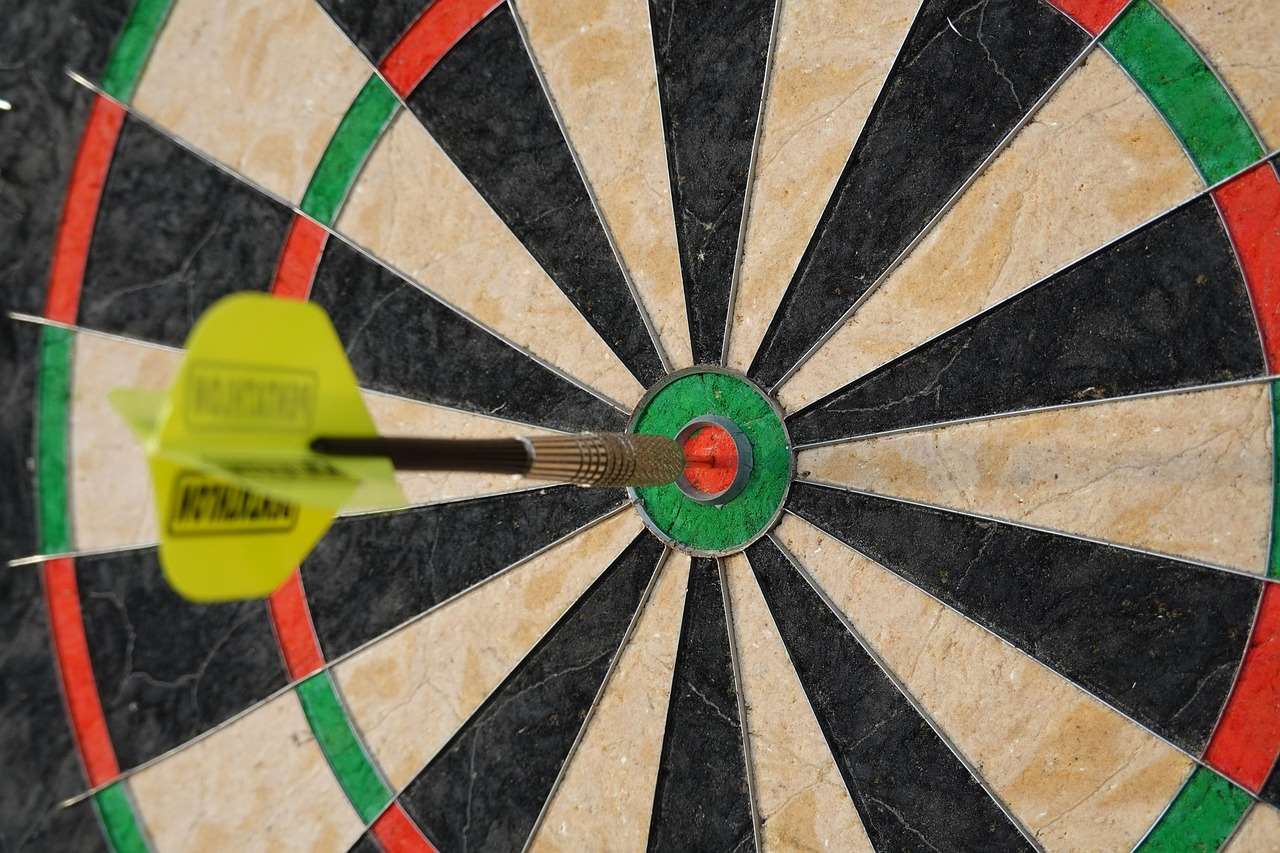
Strategic Use of Darts Checkout Names in Matches
Knowing numerous darts checkout names is only half the battle. The strategic application of this knowledge during a match is equally, if not more, important. Understanding the risk vs. reward ratio of each checkout is crucial. A high-scoring checkout might seem tempting, but if you’re under pressure or your accuracy is wavering, a safer, lower-scoring checkout might be the wiser choice.
Knowing your opponent’s strengths and weaknesses also plays a significant role. If your opponent is consistently missing specific doubles, targeting different checkouts that avoid that double could be a strategic advantage. Alternatively, if you know they struggle with certain high-score finishes, you can utilize this knowledge to choose your checkouts more efficiently. Consider their position on the board and the most efficient way to clear your score.
Furthermore, considering your own score and the remaining score of your opponent is crucial in choosing a checkout. Calculating the most efficient way to reduce your score to a manageable number requires a deep understanding of darts checkout names and an ability to plan several throws in advance. It adds a tactical layer of complexity to the game, especially in high-stakes matches. This is vital in professional darts and can be the difference between winning and losing a darts final second prize money.
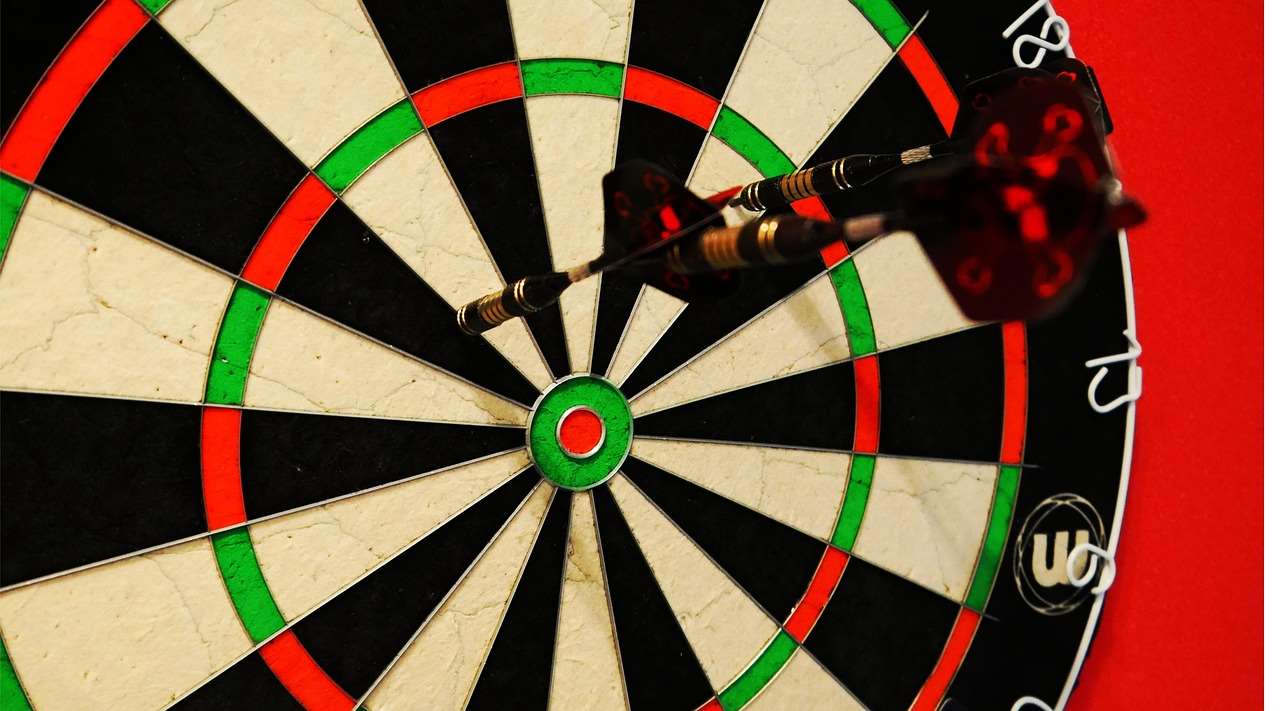
Beyond the Basics: Advanced Darts Checkout Strategies
Once you’ve mastered the common darts checkout names, you can explore more advanced strategies. This includes learning less frequent checkouts and developing your ability to adapt your checkout strategy based on the specific game situation and your opponent’s performance. You can find numerous resources online and in books that detail various checkout combinations and their complexities.
Advanced strategies might involve using specific numbers to your advantage, identifying patterns in your opponent’s misses, or adjusting your checkout based on your remaining score and the game’s dynamics. This advanced level of play requires not just memorizing darts checkout names but also an understanding of probability, game theory, and a significant amount of practice. There are several considerations here, and understanding where a where darts player stands is equally important.
For instance, understanding the likelihood of hitting different segments on the dartboard helps you make informed decisions about the risk involved in choosing a specific checkout. Practicing different checkout options with diverse scores helps you to anticipate game situations effectively, especially under pressure. You may also find a dart schaft mit integriertem flight helps your accuracy. Furthermore, keeping updated on the latest target darts new release technology can aid in performance.
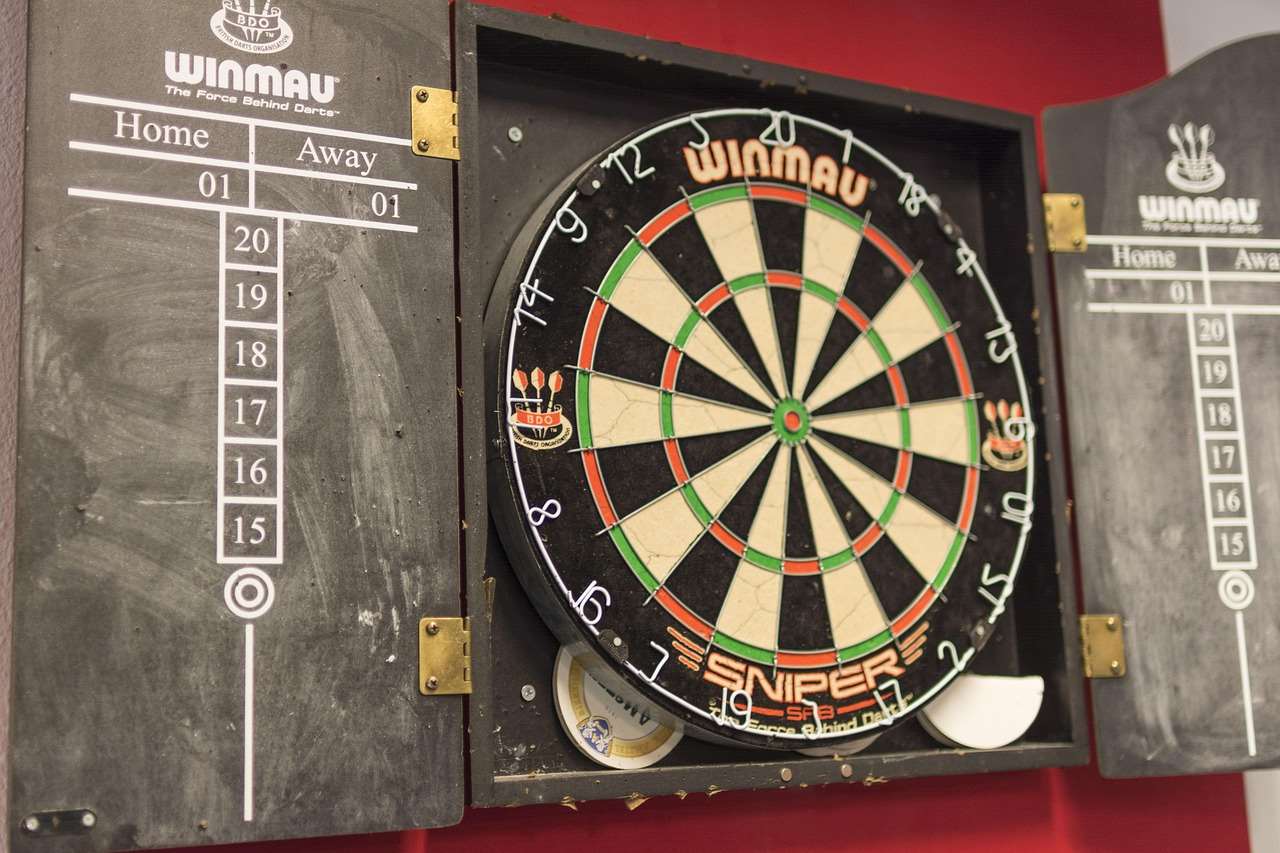
Conclusion
Mastering darts checkout names is a journey, not a destination. It requires dedication, practice, and a strategic approach. By understanding the various checkouts, practicing effectively, and applying strategic thinking during matches, you can significantly improve your game. Remember to start with the basics, gradually increase the difficulty, and focus on consistency. Utilize the resources available, track your progress, and most importantly, enjoy the process of becoming a better darts player. Remember to check out other useful resources such as darts point rs and darts yard game to find additional information on improving your skills and strategies. And finally, don’t forget to check when the when does pdc darts finish to keep up to date with professional darts.
Hi, I’m Dieter, and I created Dartcounter (Dartcounterapp.com). My motivation wasn’t being a darts expert – quite the opposite! When I first started playing, I loved the game but found keeping accurate scores and tracking stats difficult and distracting.
I figured I couldn’t be the only one struggling with this. So, I decided to build a solution: an easy-to-use application that everyone, no matter their experience level, could use to manage scoring effortlessly.
My goal for Dartcounter was simple: let the app handle the numbers – the scoring, the averages, the stats, even checkout suggestions – so players could focus purely on their throw and enjoying the game. It began as a way to solve my own beginner’s problem, and I’m thrilled it has grown into a helpful tool for the wider darts community.